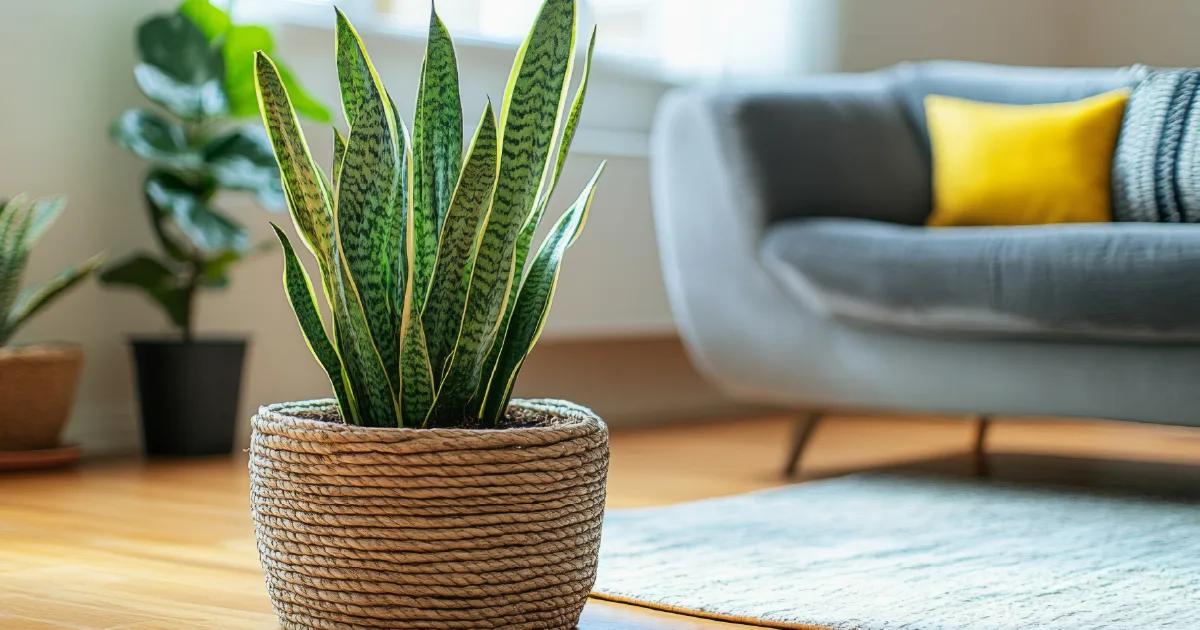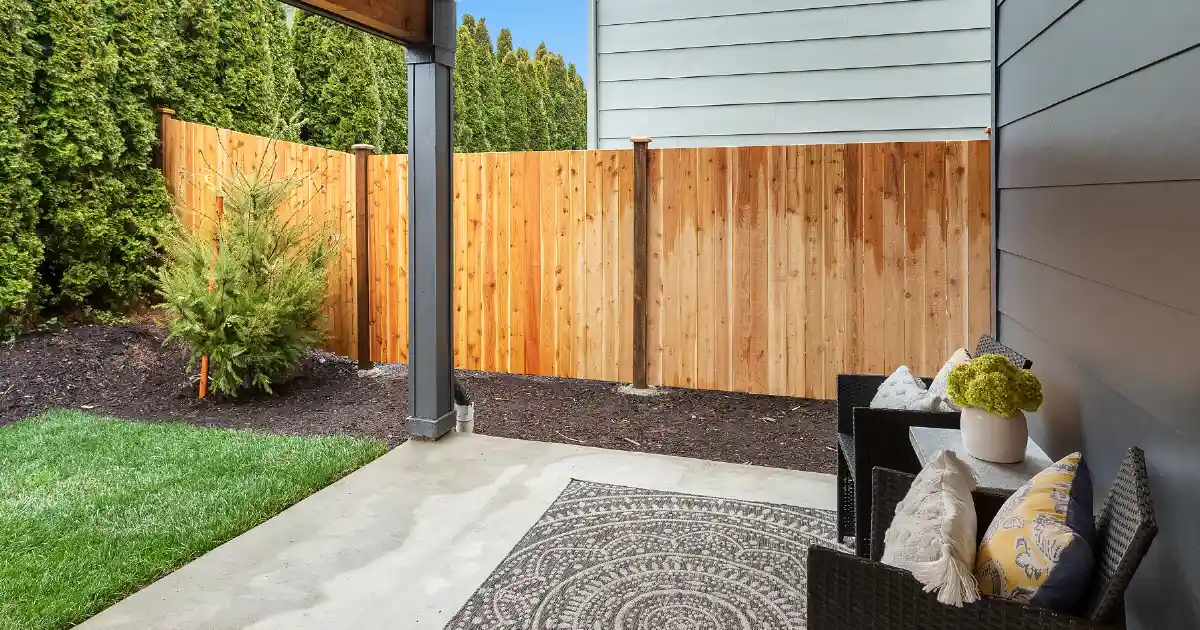Moving into a new construction home is one of those exciting life chapters where everything feels full of possibility. You set down the keys, take a deep breath, and start imagining how every corner might come together. Maybe you’re picturing cozy reading nooks, or a kitchen that feels lively even on quiet mornings. As you choose to paint colors and decor, one simple, meaningful element often makes the biggest difference: plants.
Houseplants have a way of softening a room and making it feel more lived-in. They’re beautiful, yes—but they also bring a sense of comfort that goes deeper than design. Many homeowners reach for them because they want a calmer space, a fresher-feeling home, or a natural touch that helps them unwind. No matter your style, plants can help turn a house into something personal—a place that feels like yours.
This guide walks through the many reasons to bring more greenery indoors, from choosing plants that are good for the house to understanding most beneficial houseplants, plus tips for selecting easy indoor potted plants that won’t overwhelm your schedule. You’ll also find simple advice on the best potting soil mix for indoor plants and which modern varieties fit beautifully in a fresh, contemporary home.
Why Houseplants Matter More Than You Think
There’s something grounding about having living things around you. It’s one of the simplest ways to reconnect with nature, especially when we’re all juggling busy schedules and screen-heavy lives. A few plants on a shelf or by a window can shift the energy of a room, bringing in color and texture without feeling fussy.
People often talk about the “feel” of a home—how some spaces immediately make you breathe easier. Plants play a big role in that. They help balance out sharp lines, soften bright light, and add warmth to cool tones. Most importantly, they remind us to pause for a moment, which is something many of us crave more than we realize.
Choosing the Right Plants for Your Home Style
Modern homes pair especially well with greenery. Sleek lines and bright spaces welcome the curves and layers that indoor plants bring. But the plants you choose should also fit your lifestyle. If you want to keep things simple, plenty of easy indoor potted plants thrive with very little attention.
Some favorites in today’s modern indoor houseplants include:
- Snake plants with tall, upright leaves
- Monstera deliciosa, known for its artistic leaf splits
- Rubber plants, which make a bold but clean statement
- ZZ plants, which are incredibly forgiving
- Fiddle-leaf figs, perfect for large, open rooms
These modern indoor house plants add style without feeling overwhelming. Whether you’re decorating your first home or refreshing a long-loved one, plants offer a natural way to bring warmth and personality into any space.
Indoor Plants That Many Consider Beneficial for the Home
You’ll find no shortage of lists online recommending certain plants for healthier indoor air. While plant benefits vary based on your home, airflow, and the size of the space, many homeowners appreciate species that may support a fresher-feeling environment.
Here are some of the most beneficial houseplants people commonly choose for their homes:
Spider Plant
Spider plants are friendly little growers that adapt easily to different rooms. Their long, arching leaves bring gentle movement to a space, and they’re often recommended for those wanting plants that are good for the house with minimal upkeep.
Great for: kitchens, living rooms, and bathroom ledges.
Snake Plant
If you lean toward simplicity and clean lines, the snake plant fits right in. It’s one of the best indoor plants for health-focused homeowners, mainly because many people appreciate how sturdy and long-lasting it is.
Great for: bedrooms and home offices.
Peace Lily
With deep green leaves and simple white blooms, peace lilies offer a calm, peaceful presence—perfect for spots you want to feel welcoming.
Great for: entryways, living rooms, or shaded corners.
Boston Fern
Boston ferns thrive where the air is naturally moist. Their feathery leaves make them a lovely option for a spa-like touch.
Great for: bathrooms or near bright, steamy windows.
Rubber Plant
Rubber plants bring a sculptural look and feel instantly modern. Their glossy leaves make them a natural fit for more contemporary rooms.
Great for: living rooms, wide hallways, or open reading corners.
Aloe Vera
Aloe is both striking and practical. Its gel is commonly used for minor skin irritations, and the plant itself does well in bright, sunny spots.
Great for: kitchens and bedroom windowsills.
Areca Palm
If you want something tall and graceful to fill an empty corner, the areca palm is a beautiful choice.
Great for: living rooms, sunrooms, and bright home offices.
Important note:
While many people feel that indoor plants contribute to a fresher-feeling environment, they are not a replacement for proper ventilation, filtration systems, or professional air-quality guidance. Every home is unique, and experiences with plants vary.
The Emotional Benefits of Having Plants and Flowers Indoors
Plants affect how we feel—sometimes in ways we don’t notice right away. Adding greenery or fresh flowers to your home can:
- Bring natural color that lifts your mood
- Encourage mindfulness and slow moments
- Create a soft, welcoming atmosphere
- Reduce visual clutter by balancing hard surfaces
- Help break up screen fatigue
And yes, the benefits of having flowers in the house are worth mentioning. Flowers tend to bring a different kind of joy—one that’s immediate and uplifting. A vase of fresh blooms on the kitchen counter or the dining table can brighten the whole room and even shift the tone of your day.
Low-Maintenance Plants for Busy Homeowners
Many people want greenery but worry about keeping plants alive. The good news? Some indoor plants practically take care of themselves.
If you want something simple and dependable, consider:
- Pothos, which grows in almost any light
- ZZ plants, famously tough
- Succulents, perfect for dry homes or sunny windows
- Monstera, great for people who forget to water occasionally
- Cast iron plants, champions of low-light corners
These easy indoor potted plants give you the feel of a lush home without adding stress to your weekly routine.
Choosing the Best Potting Soil Mix for Indoor Plants
Healthy roots start with healthy soil. A good potting mix should drain well, hold some moisture, and give your plant’s roots space to breathe.
A simple, reliable mix for most indoor plants includes:
- Coconut coir (helps hold moisture without being soggy)
- Perlite (adds drainage and air pockets)
- Compost or organic matter (gentle nutrients)
For succulents or cacti, add extra sand or perlite to dry things out a bit.
For tropical plants, mix in a little bark to mimic their natural environment.
Good soil makes all the difference—plants respond quickly when their roots have the right foundation.
Creating a Nature-Connected Home With MSR Communities
For homeowners who enjoy bringing nature indoors, MSR Communities offers homes that make it easy to incorporate greenery without extra stress. Many of our plans include bright, light-filled rooms where plants can thrive naturally, whether you prefer a sun-loving fiddle leaf fig or a collection of small potted herbs by the kitchen window.
Our thoughtfully chosen materials also help create a worry-free environment for plant lovers. Durable flooring, quality surfaces, and warm wood finishes make it easier to manage the occasional splash of water or a bit of loose soil—so your plants can be part of your home without the hassle.
And with customizable design options, from cabinet colors to layout choices, you can create a space that feels like the perfect backdrop for your greenery. Whether you imagine a cozy nook for a trailing pothos or a bright open living area with tall statement plants, MSR homes give you the flexibility to make your plant-friendly vision come to life—naturally and effortlessly.
Conclusion: Let Nature Be Part of Your Story
Houseplants bring warmth, personality, and a sense of calm into any home. From simple, low-maintenance greenery to larger statement plants, there’s a place for nature in every room. And as you settle into your new space—or refresh the one you’ve loved for years—plants can help you create a home that feels vibrant, grounded, and uniquely yours.
Ready to create a healthier, more comforting home environment?
Explore the homes available at MSR Communities. Our spaces are designed with modern living in mind—places where sunlight, layout, and natural elements all work together to support a well-balanced lifestyle.
Browse our homes for sale today and imagine how your favorite plants could grow right alongside you.
Let nature be your decor partner—start house planting from move-in day!



